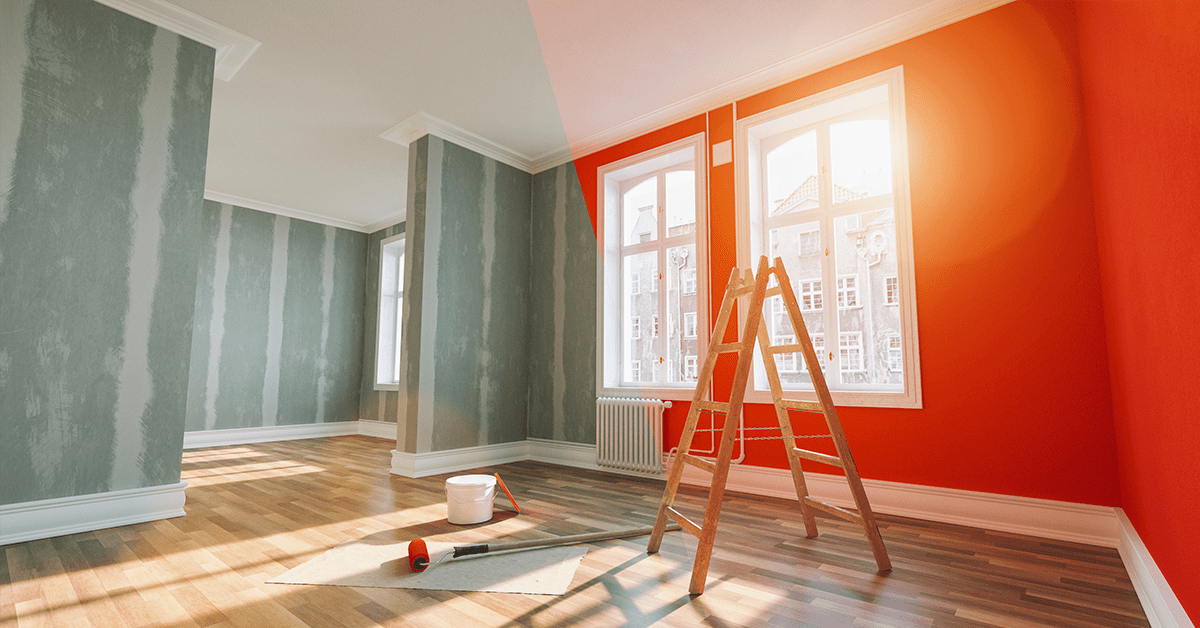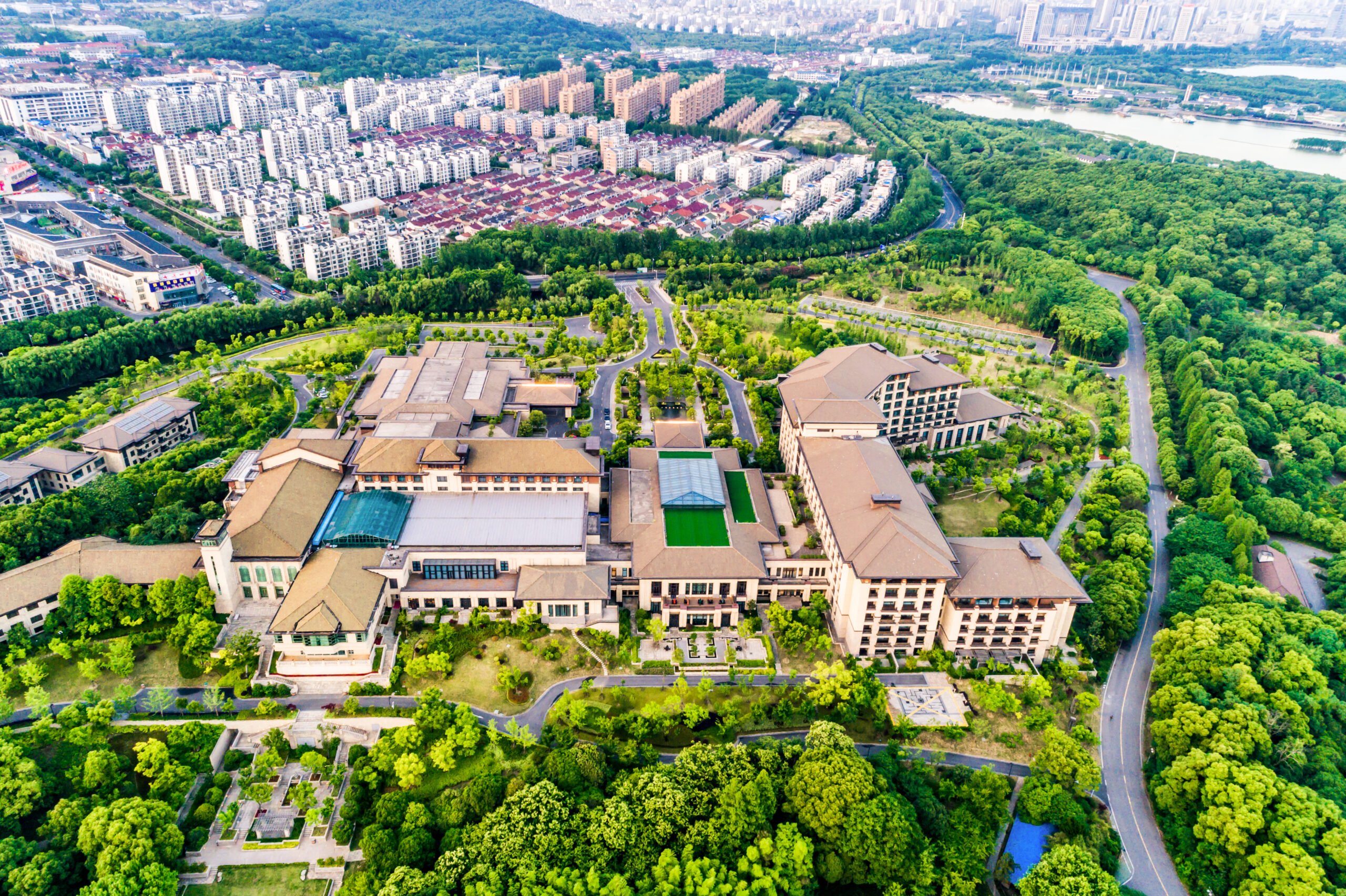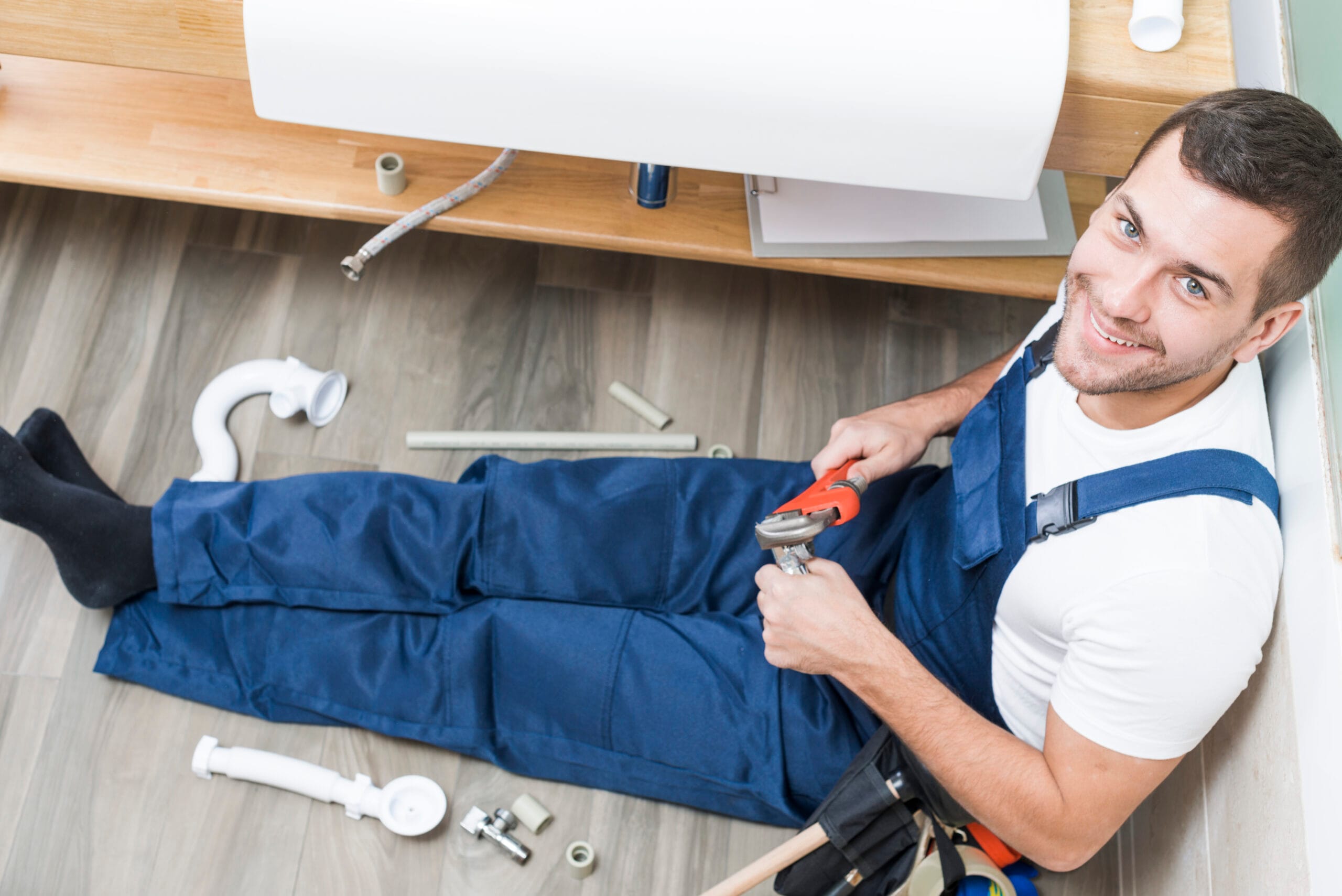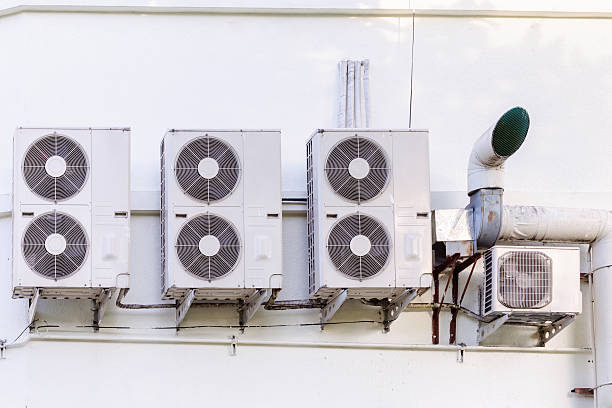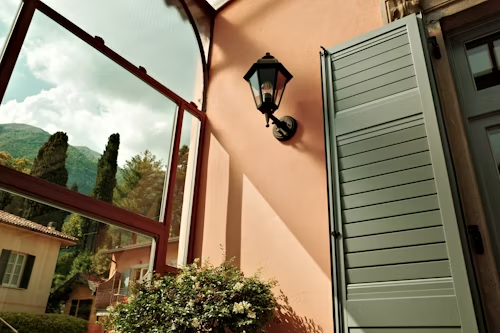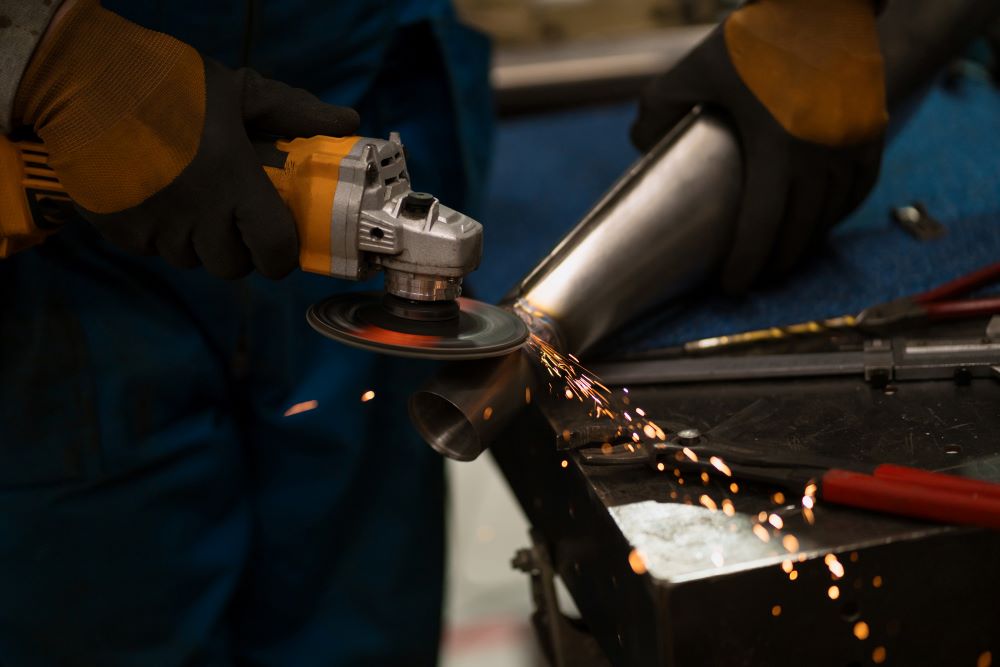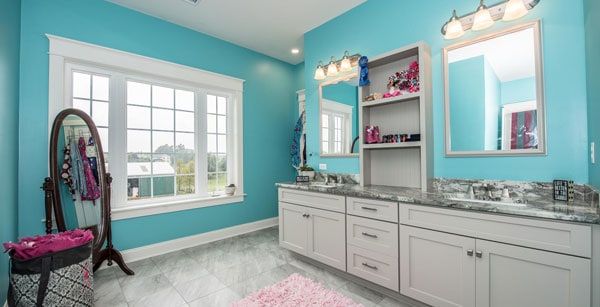Portable cabins are versatile, prefabricated structures that provide essential space solutions for construction sites, offering a range of options from secure storage and site offices to welfare facilities like canteens and changing rooms. These easily transportable units can be customized to meet specific project requirements, ensuring efficient and comfortable workspaces for construction teams.
Energy-Efficient Site Cabins
Energy-efficient site cabins, such as the GreenSpace ECO cabins, are designed to minimize environmental impact and reduce operational costs on construction sites. These advanced units feature energy-saving design principles applied to building fabric, temperature control, lighting, and ventilation systems. Key features include double-glazed windows, increased insulation, PIR sensor-operated lighting, and thermostat-controlled heating systems.
These eco-friendly cabins can achieve remarkable savings, with some models boasting up to 73% reduction in running costs and 84% decrease in carbon emissions compared to standard units. Additional sustainable features include dual flush cisterns, non-concussive push taps for water conservation, and timber sourced from sustainable sources. By incorporating these energy-efficient cabins, construction sites can significantly reduce their carbon footprint while providing comfortable and productive workspaces for their teams.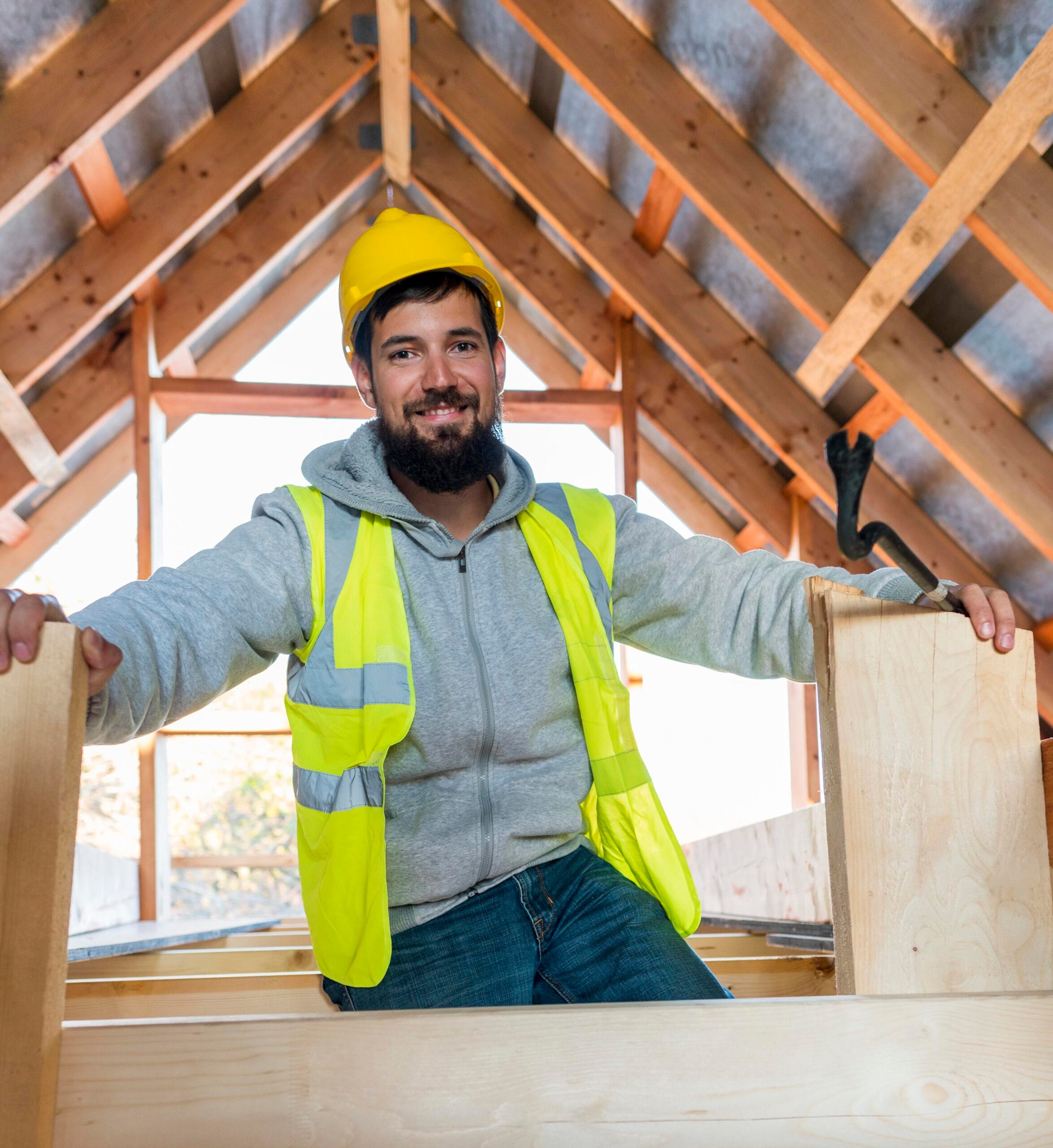
Blast Resistant Construction Units
Blast-resistant construction units are specialized modular structures designed to withstand explosive forces and protect occupants in high-risk environments. These units are engineered to absorb and redirect blast energy, typically withstanding pressures of 100-500 millibar for 100 milliseconds. Key features include reinforced walls, blast-resistant doors and windows, and robust structural designs that prevent collapse during explosions.
These units are commonly used in industries handling hazardous materials, such as chemical processing plants, oil refineries, and COMAH-registered sites. They can be customized to serve various functions, including offices, storage, or welfare accommodation, and often come equipped with additional safety features like air-tight seals, climate control systems, and toxic refuge compliance. Blast-resistant units provide a crucial layer of protection for workers in potentially dangerous environments, ensuring safety without compromising functionality or comfort.
Anti-Vandal Security Cabins
Anti-vandal security cabins are robust, fortified structures designed to provide enhanced protection against theft, vandalism, and unauthorized access on construction sites. These units feature heavy-duty steel construction, reinforced doors with multi-point locking systems, and shutter-protected windows to deter potential intruders. Key security features include:
- 10-point locking steel doors for superior access control
- Anti-vandal window shutters to prevent break-ins
- High-quality materials ensuring durability and longevity
- Customizable options to meet specific security requirements
- Versatile applications, including offices, storage units, and gatehouses
These specialized cabins not only safeguard valuable equipment and sensitive information but also provide a secure working environment for site personnel. Their modular design allows for easy relocation and reconfiguration as project needs evolve, making them a cost-effective and flexible security solution for construction sites of all sizes.
Solar-Powered Site Cabins
Solar-powered site cabins represent a significant advancement in sustainable construction site accommodation, offering an eco-friendly alternative to traditional diesel-powered units. These innovative cabins harness solar energy to power essential operations, dramatically reducing fuel consumption and carbon emissions.
The core component of these cabins is their solar panel system, typically featuring large, high-quality panels mounted on the roof. These panels efficiently capture sunlight and convert it into usable electricity. The energy generated is stored in advanced battery systems, often utilizing lithium-ion technology for improved efficiency and longevity.

One of the key advantages of solar-powered cabins is their ability to operate silently for extended periods, engaging diesel generators only when absolutely necessary. This not only reduces noise pollution on construction sites but also minimizes disturbance to surrounding communities.
These cabins are equipped with energy-efficient features to maximize the use of solar power. Common elements include:
- LED lighting with PIR sensors for automatic operation
- Low-power HVAC systems for climate control
- Energy-efficient appliances such as kettles and microwaves
- Insulation to maintain comfortable temperatures and reduce energy demand
The environmental benefits of solar-powered cabins are substantial. Some models can reduce fuel consumption by up to 80% compared to standard units. This translates to significant reductions in carbon emissions, with some cabins capable of cutting CO2 emissions by nearly 5,000 kg over a year of operation.
Despite their advanced technology, solar-powered cabins maintain the same user-friendly operation as standard units. They provide instant power for heating, electrical sockets, and appliances, ensuring that worker comfort and productivity are not compromised.
Solar-powered cabins offer a compelling solution for construction companies aiming to reduce their environmental impact and operational costs. They align with corporate social responsibility goals and can be particularly beneficial for projects in environmentally sensitive areas or those subject to strict emissions regulations.
As the construction industry continues to prioritize sustainability, solar-powered site cabins are likely to become increasingly prevalent, offering a practical and effective means of reducing the sector’s carbon footprint while maintaining high standards of on-site welfare.
Insulated Modular Units
Insulated modular units are advanced, energy-efficient structures designed to provide comfortable and thermally regulated environments for construction sites and other temporary applications. These units feature high-performance insulation materials integrated into their walls, floors, and roofs, significantly improving their thermal efficiency and reducing energy consumption.
The insulation in these modular units typically consists of materials such as fiberglass batts, expanded polystyrene (EPS), or polyurethane foam. These materials are strategically placed between the inner and outer layers of the unit’s structure, creating an effective thermal barrier. The insulation thickness can vary depending on the specific requirements, with R-values ranging from R-11 to higher levels for more extreme climates.
One of the key advantages of insulated modular units is their ability to maintain a stable internal temperature regardless of external conditions. This thermal stability not only enhances occupant comfort but also significantly reduces the energy required for heating and cooling. In fact, well-insulated modular buildings can lead to energy savings of up to 50% compared to traditional non-insulated structures.
The construction of these units often incorporates additional energy-efficient features to complement the insulation:
- Double-glazed windows with low-emissivity coatings to minimize heat transfer
- Airtight seals around doors and windows to prevent drafts
- Reflective roof coatings to reduce solar heat gain in warm climates
- Ventilation systems with heat recovery to maintain air quality while conserving energy
Insulated modular units are particularly beneficial in extreme weather conditions. In cold environments, they prevent heat loss and reduce the risk of condensation and mold growth. In hot climates, they keep the interior cool, reducing the load on air conditioning systems.
These units are versatile and can be used for various purposes on construction sites, including:
- Site offices and meeting rooms
- Worker accommodation and rest areas
- Equipment storage with controlled environments
- Specialized spaces requiring stable temperatures, such as IT server rooms or medical facilities
The modular nature of these units allows for easy transportation and quick assembly, making them ideal for temporary or relocatable projects. They can be stacked or combined to create larger structures, offering flexibility in design and layout.
From a sustainability perspective, insulated modular units contribute to reducing the overall environmental impact of construction projects. Their energy efficiency translates to lower carbon emissions, aligning with increasingly stringent environmental regulations and corporate sustainability goals.
As the construction industry continues to prioritize energy efficiency and sustainable practices, insulated modular units are becoming an increasingly popular choice for site accommodation and temporary facilities. Their combination of comfort, energy savings, and environmental benefits makes them a valuable asset for modern construction projects.
Summary:
Construction site cabins provide essential, adaptable solutions for modern construction projects, serving as offices, storage, and welfare units. Innovations in energy-efficient, blast-resistant, anti-vandal, solar-powered, and insulated modular units enhance both the functionality and sustainability of these structures. Energy-efficient cabins cut operational costs and carbon emissions, while blast-resistant units offer critical protection in hazardous environments. Anti-vandal cabins bolster site security, and solar-powered units reduce reliance on fossil fuels. Insulated modular units maintain temperature stability, improving energy efficiency. Together, these innovations help construction companies meet environmental standards while enhancing worker comfort and site productivity






